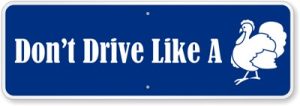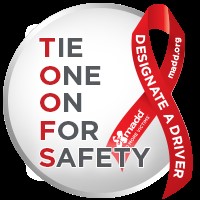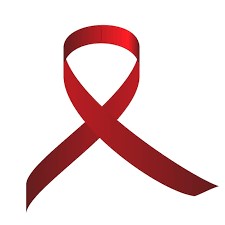
Safety News 2024

Traveling for the Holiday?
Be Prepared.
From late November to mid-January, when families gather, parties are scheduled and travel spikes, safety should be top of mind. Following is tried-and-true advice to ensure your family remains safe and injury-free throughout the season.
If you’re traveling this year, be sure your vehicle is in good running condition, get plenty of rest and be prepared for any emergency. Traveling by car during the holidays has the highest fatality rate of any major form of transportation based on fatalities per passenger mile. Hundreds of people die every year in crashes on New Year’s Day, Thanksgiving Day and Christmas Day, according to Injury Facts. Alcohol impairment is involved in about a third of these fatalities.
Stay safe on the roads over the holidays — and every day:
- Prepare your car for winter and keep an emergency kit with you
- Get a good night’s sleep before departing and avoid drowsy driving
- Leave early, planning ahead for heavy traffic
- Make sure every person in the vehicle is properly buckled up no matter how long or short the distance traveled
- Put that cell phone away; many distractions occur while driving, but cell phones are the main culprit
- Practice defensive driving
- Designate a sober driver to ensure guests make it home safely after a holiday party; alcohol or over-the-counter, prescription and illegal drugs can cause impairment
 Tie One on for Safety
Tie One on for Safety Tie One on for Safety, observed from November 16, 2024, to December 31, 2024, is an annual campaign by Mothers Against Drunk Driving (MADD) to promote safe and sober driving during the holiday season. This campaign encourages individuals to display a red ribbon on their vehicles as a pledge to drive safe and sober and to remind others to do the same.
Tie One on for Safety, observed from November 16, 2024, to December 31, 2024, is an annual campaign by Mothers Against Drunk Driving (MADD) to promote safe and sober driving during the holiday season. This campaign encourages individuals to display a red ribbon on their vehicles as a pledge to drive safe and sober and to remind others to do the same.Stay safe and have a blessed holiday season!
